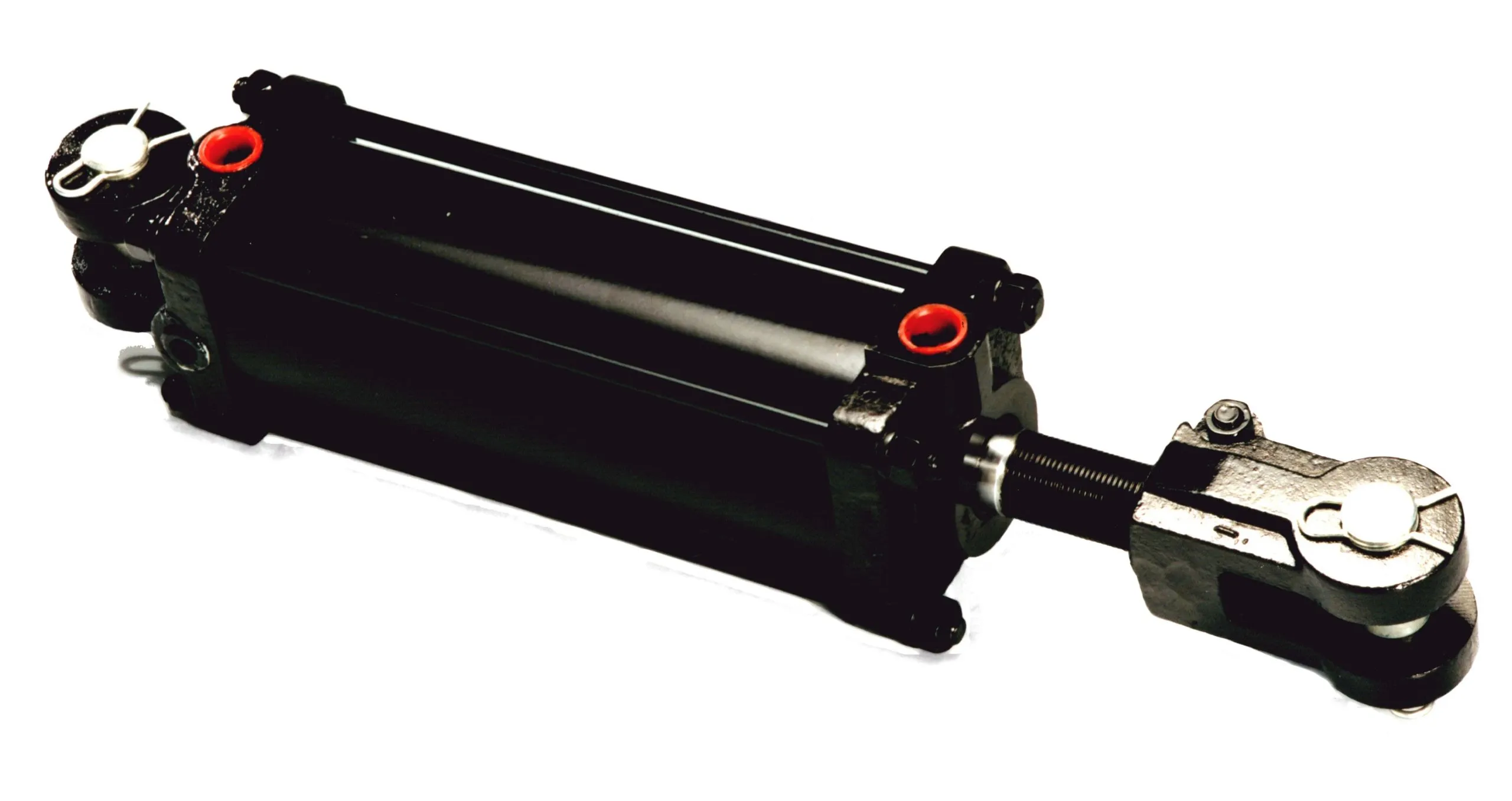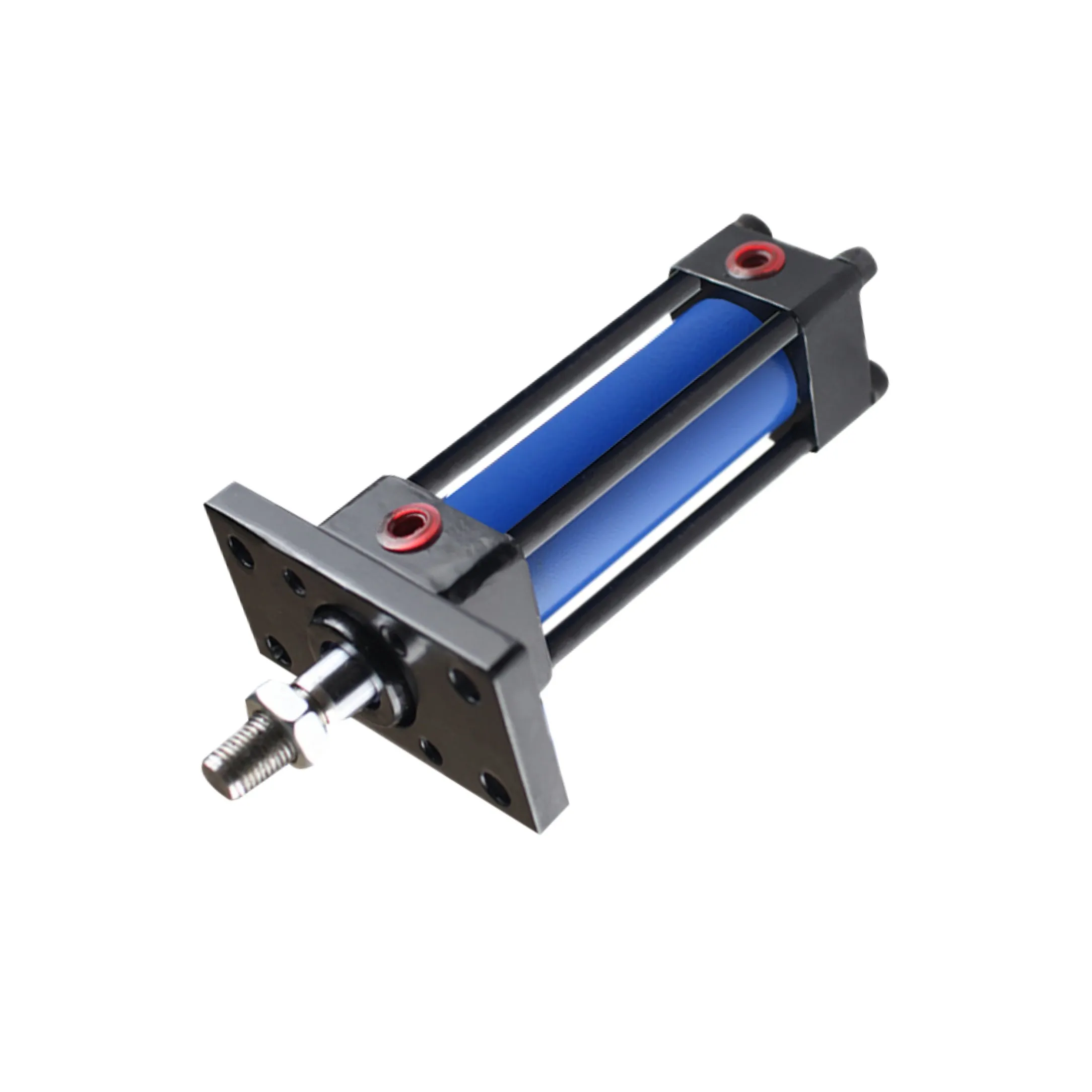Industrial Hydraulic Cylinder Applications In Robotics
Key Components and Structure of Hydraulic Cylinder
Hydraulic cylinders are essential components in the industrial environment, providing linear force to move heavy loads. The key components of a hydraulic cylinder include the barrel, piston, rod, seals, and hydraulic fluid. The cylinder structure consists of a cylinder barrel where the piston moves back and forth, sealed by various types of seals to prevent leakage.

Control Cylinder Operation Overview
Hydraulic cylinders operate based on the principle of Pascal’s Law, which states that a change in pressure applied to an enclosed fluid is transmitted undiminished to all portions of the fluid and to the walls of its container. This principle allows hydraulic cylinders to generate high force with relatively small input pressure, making them ideal for industrial applications.
Types of Hydraulic Cylinders
Single Acting Cylinders
Single acting cylinders use hydraulic pressure to extend the piston, and an external force such as a spring to retract it. These cylinders are commonly used in applications where the load needs to be lifted or lowered.
Double Acting Cylinders
Double acting cylinders use hydraulic pressure to extend and retract the piston, providing bi-directional force. These cylinders are versatile and used in various industrial machinery.
Telescopic Cylinders
Telescopic cylinders consist of multiple nested stages that allow for a longer stroke length in a compact design. These cylinders are suitable for applications with limited space.
Differential Cylinders
Differential cylinders have two piston areas of different sizes, allowing for varying force outputs depending on the pressure applied. These cylinders are used in applications requiring precise control of force.
Advantages of Industrial Hydraulic Cylinders
1. High force output for heavy lifting and moving tasks.
2. Precise control of movement and positioning.
3. Durable and long-lasting design for reliable performance.
4. Versatile applications in various industries.
5. Efficient power transmission for improved productivity.
Industries Using Hydraulic Cylinders
Industrial hydraulic cylinders are widely used in the following industries:
- Manufacturing: for machinery movement and assembly processes.
- Construction: for heavy equipment and material handling.
- Mining: for excavators, loaders, and drilling equipment.
- Agriculture: for tractors, harvesters, and irrigation systems.
Selecting the Right Hydraulic Cylinder
When selecting an industrial hydraulic cylinder, factors such as load capacity, stroke length, bore size, and operating conditions must be considered. Matching the performance of the cylinder to the specific requirements of the application is crucial for optimal performance and efficiency.

Maintenance and Care of Hydraulic Cylinders
Regular maintenance of industrial hydraulic cylinders is essential to ensure optimal performance and longevity. Inspection, lubrication, and cleaning are key practices to prevent breakdowns and extend the service life of the cylinders.
Installation Guide for Hydraulic Cylinders
Proper installation of hydraulic cylinders is critical for safe and efficient operation. Ensure correct alignment, mounting, and connection of components to prevent leaks and malfunctions.
Maintenance Tasks for Hydraulic Cylinders
- Cleaning: Remove dirt, debris, and contaminants from the cylinder surfaces to prevent damage.
- Lubrication: Apply the appropriate lubricant to moving parts to reduce friction and wear.
- Checking Wear: Inspect seals, rods, and pistons for signs of wear and replace them if necessary.
Fault Diagnosis and Common Problems
Common issues with hydraulic cylinders include leaks, piston seal failure, and inadequate performance. Proper diagnosis and troubleshooting are essential to identify and resolve problems effectively.
Preventive Measures for Hydraulic Cylinder Optimization
To minimize potential problems and optimize the performance of hydraulic cylinders, regular maintenance, proper installation, and adherence to operating guidelines are crucial. Implementing preventive measures can extend the service life of the cylinders and improve overall system performance.
How to Choose the Right Hydraulic Cylinder
When selecting an industrial hydraulic cylinder, factors such as load capacity, stroke length, speed, and size should be considered to ensure compatibility with the application requirements. Consulting with a hydraulic expert can help in choosing the right cylinder for optimal performance.
Long-Tail Keywords and SEO Articles
Industrial hydraulic cylinder applications in robotics require specialized cylinders designed for precise control and movement in robotic systems. Understanding the unique requirements of robotics applications can help in selecting the right cylinder for efficient operation.
Company Introduction
Our company is a leading hydraulic cylinder manufacturer and wholesale distributor, offering a complete product line for various industrial applications. With professional expertise, international certifications, customized services, advanced production equipment, and dedicated after-sales support, we strive to meet the diverse needs of our customers.
Author: lyl
